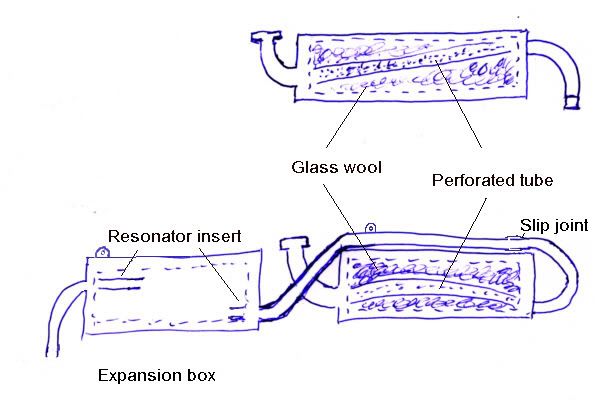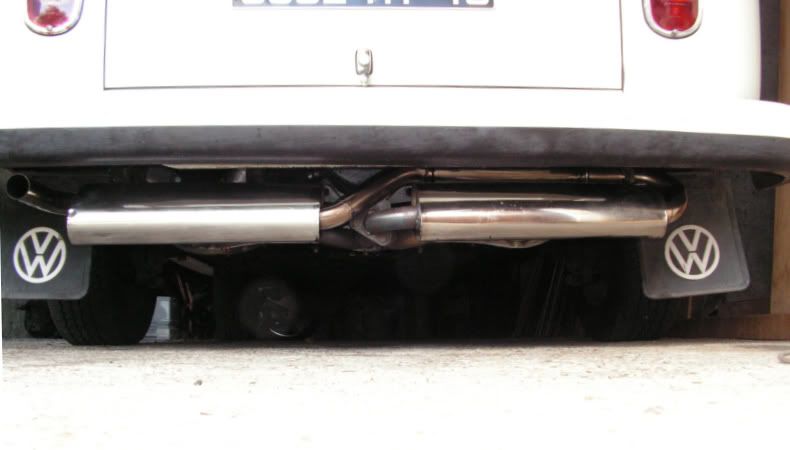Dirty Harry
Well-known member
Very nice pics of Portugal!
Thats what i like to do (sometime)
Thats what i like to do (sometime)

Loxy said:nice pics, interesting to hear about your oil consumption has anyone else commented on it occurring with their stroker motors?
Trikky2 said:Loxy said:nice pics, interesting to hear about your oil consumption has anyone else commented on it occurring with their stroker motors?
I wonder if this is a record long time for a reply to a post ? :lol: :lol:
Oil consumption on the old stock 1600 engine was zero - never topped it up between changes.
The new engine used around half a litre every 800 km depending on type of driving.
This summer I finally got fed up with checking the oil every time we filled up with petrol and took the engine out and stripped it down. I suspected the oil control rings on No.3 since that plug tended to foul every 2000 miles or so.
The oil control rings are separated and liftedby a spacer and the favorite is for the spacer to be overlapped on itself so it doesn't push the thin oil control rings out onto the bore surface. However, what I found was different. The spacer was not overlapped. Instead both the oil control rings had somehow managed to slip between the spacer and the ring groove leaving the spacer loose between them. The spacer had left visible marks on the bore where it had been sliding up and down but fortunately it was only polishing so the bore is undamaged.
I ordered a complete set of new rings from Speedshop and all is back together now. The design of the spacer is slightly different so I hope the problem is now permanently solved.
Incidentally, I was intrigued to see that piston rings definitely move/rotate around the piston because I had very carefully set the ring gaps offset as per the manual, yet after 4500 miles they had all moved around and on one cylinder the rings had lined themselves up in the lower part of the bore. Makes me wonder why we bother setting them all up so carefully in the first place. :lol:
Trikky2 said:Incidentally, I was intrigued to see that piston rings definitely move/rotate around the piston because I had very carefully set the ring gaps offset as per the manual, yet after 4500 miles they had all moved around and on one cylinder the rings had lined themselves up in the lower part of the bore. Makes me wonder why we bother setting them all up so carefully in the first place. :lol:




moonbus said:loving your bus Tricky2
would love to find myself some screens. made me smile to see you still have your original stripy bin, we have one of those and i whenever i show someone it they never respond nearly as enthusiastically as i think they should.. ha ha.
love the bed conversion, could do with some extra room as the dog never sleeps on floor all night and usually climbs up with us. Does that layout make it any more difficult to get into bed?





